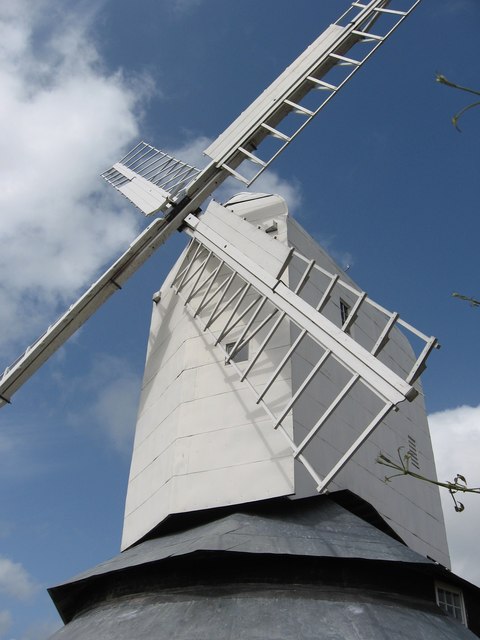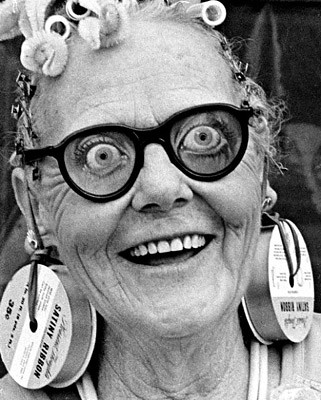A little while ago I was wondering why your calves hurt when you first start running barefoot / minimalist, but then the problem disappears and (hopefully) never returns. I kicked around a few ideas of writing a post about it, but due to a crazy month of travel, study and randomness, I put it on the backburner. And wouldn't you know it, someone beat me to the punch.
Barefoot Josh theorises that it's due to poor running form initially, which you correct as you learn how to run properly, lessening the impact on your calves. While I am inclined to agree that this certainly helps, I think there is more to it, and I now have not only my own experiences to add weight to my theory, but a smattering of knowledge of muscular actions which I am going to throw in to the mix. Add salt to taste and serve hot.
At the start of this year in a moment of
madness deep introspection I decided to
run every day in 2010. While that new years resolution only lasted 6 weeks, I kicked off the year with several long runs after a fortnight of inactivity. Bless you christmas break.
What became immediately apparent was my calves were on fire. Not flickering like a candle, but raging bushfire action. The joy of living in a two storey house become the nightmare of whimpering up and down stairs with 2 very uncooperative legs. But this was not my first attempt at minimalist / barefoot running. Since July last year I had been getting about in the vibram five fingers, so I had already gone through the learning curve (aka the calves on fire syndrome) once.
So that's why I don't think it's exclusively a newbie trait. Having been there and done that has led me to think that it's more the result of the calves copping a workout that they're not used to. But why do they hurt THAT much? Well I think I now understand a little better courtesy of my certificate in fitness studies. Of course, this is all speculation and based on limited knowledge, but I'm putting my opinion out there so it can be shot down and stomped on in spectacular fashion by someone who actually knows what they're talking about.
So anyway, long story short, here's my theory. When running barefoot, you tend to use the calves to absorb some of the impact as you land. When the forefoot lands first, the calves tense up to slow the leg down as the heel strikes milliseconds later. When muscles contract but stretch at the same time, this is called an eccentric contraction, which is what happens to the calves as you land. When muscles contract and shorten, such as your bicep contracting during a bicep curl, it's a concentric contraction.
Now here's the kicker. All the experts in exercise physiology believe that eccentric contractions are what cause Delayed Onset Muscle Soreness. It's also the type of muscle contraction that is believed to cause the largest hypertrophy (size) and strength gains. Some body builders base whole sessions around this type of training. And although the amount that the calves are contracting each time is quite small, it adds up when you do it thousands of times.
So my thought is that when starting out barefoot, the calves hurt like hell due to the eccentric contractions. I don't think this problem happens for shod runners, because the calves don't work eccentrically. They only perform concentric contractions, hence the difference in calf soreness. So us barefooters feel the pain initially, but improve strength rapidly, which is why hopefully after a week or so the condition eases and then disappears. Of course, any extended break you take is like having a break from the gym - back to the start my little hombre. Do not pass go, do not collect $200.
Now I'm being very hypothetical about all of this, and my scientific background extends only as far as the bunsen burners in year 8, so I am not be the most qualified to make this call. What do you think? Does this sound like hogwash? Do you have your own theory? I'm all ears...







